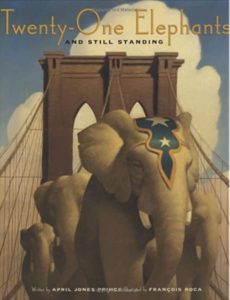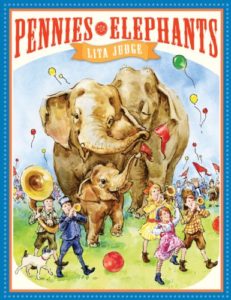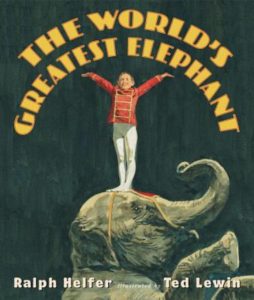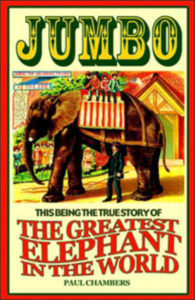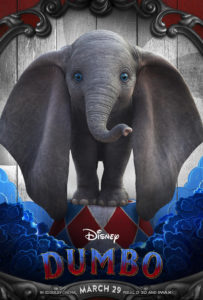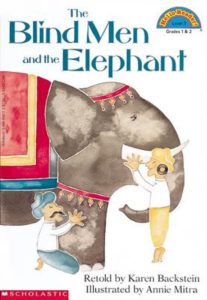
|
Karen Backstein’s The Blind Men and the Elephant (Cartwheel Books, 1992) is a picture-book retelling of an Indian fable in which six blind men encounter an elephant and each – touching different parts of the animal – variously describe it as being like a wall, a snake, a tree, a fan. The lesson is that it takes many perspectives to gain a whole view. For ages 5-7. |
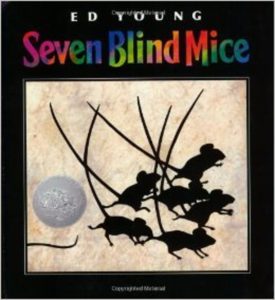
|
Ed Young’s Seven Blind Mice (Puffin, 2002) is another take on the classic tale, with gorgeous cut-paper illustrations. In this version, the seventh mouse, remembering what his predecessors reported, puts all the facts together and concludes that the mysterious something at the pond must be an elephant. The book ends with a Mouse Moral: “Knowing in part may make a fine tale, but wisdom comes from seeing the whole.” |
|
John Godfrey Saxe’s classic poem “The Blind Men and the Elephant” can be found here. (“It was six men of Indostan/To learning much inclined/Who went to see the Elephant/(Though all of them were blind)”). |
|
The Blind Men and the Elephant Lesson Plans is a multifaceted collection of projects variously emphasizing English, economics, science, and character education. Included are illustrated copies of the poem, a Buddhist story based on the poem, and the script of a play based on a Persian version of the poem. |
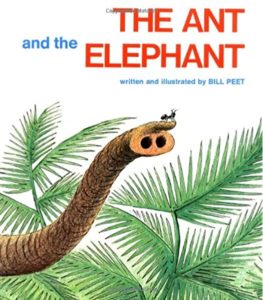
|
In Bill Peet’s The Ant and the Elephant (Sandpiper, 1980), loosely based on Aesop’s fable “The Ant and the Dove,” the kindly elephant saves a stranded ant; in return, when the elephant falls into a ravine and all the other animals refuse to help him, the tiny ant comes to the rescue. For ages 4-8. |
|
Actually elephants hate ants. Recent research shows that acacia trees escape the depredations of elephants because they’re protected by ants, which elephants avoid. Learn all about it at Scientific American‘s Ants Protect Acacia Trees from Elephants. |
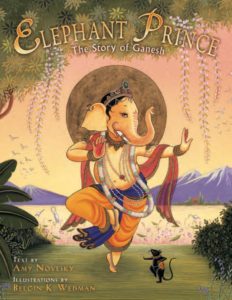
|
Amy Novesky’s Elephant Prince: The Story of Ganesh (Mandala Publishing, 2004) is the story of how the Hindu god Ganesh came to have the head of an elephant. For ages 5-9. Also see How Ganesh Got His Elephant Head by Harish Johari and Vatsala Sperling (Bear Cub Books, 2003). |
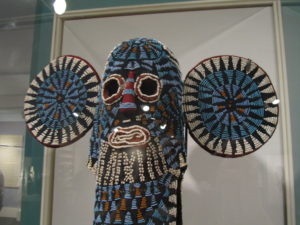 |
Learn about this fabulous elephant mask from Cameroon. |
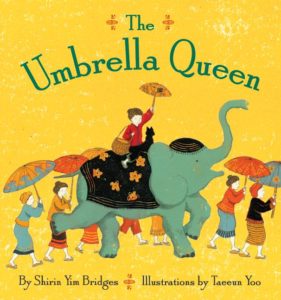
|
In Shirin Bridges’s The Umbrella Queen (Greenwillow Books, 2008), the custom in a little village in Thailand is to make beautiful umbrellas decorated with flowers and butterflies, but young Noot insists on painting hers with elephants. For ages 5-8. |
|
From YouTube, check out this short video on Thai umbrella-making. |
|
Making Umbrellas is a simple painted umbrella craft for preschoolers using paper plates. |
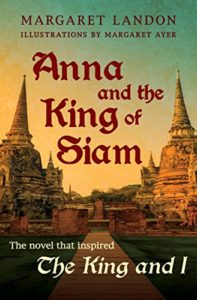
|
Thailand (once Siam) is also known as the Land of White Elephants. Margaret Landon’s Anna and the King of Siam (Buccaneer Books, 2001), originally published in 1944, is the fictionalized story of English governess Anna Leonowens at the court of King Mongkut of Siam in the mid-19th century, where she was hired to give the king’s many wives, concubines, and children a Western education. It’s a fascinating story – and includes an exciting account of the capture of a rare royal white elephant. |
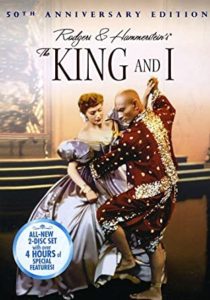
|
The book was adapted as a Broadway musical by Rodgers and Hammerstein, and made into a film, The King and I, in 1956, starring Deborah Kerr as Anna and Yul Brynner as King Mongkut. Rated G. |
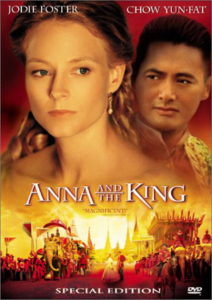 |
A more recent (and music-less) film version of the story is Anna and the King (1999), with Jody Foster as Anna and Chow Yun-Fat as King Mongkut. There’s a clever ploy involving a white elephant sighting. Rated PG-13. |
|
A “white elephant” is a term used for a valuable but burdensome possession – usually something impossible to get rid of, but crushingly expensive to maintain. Find out why and much more about the white elephants of Thailand. |









